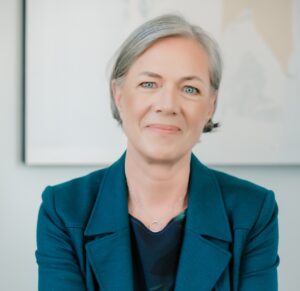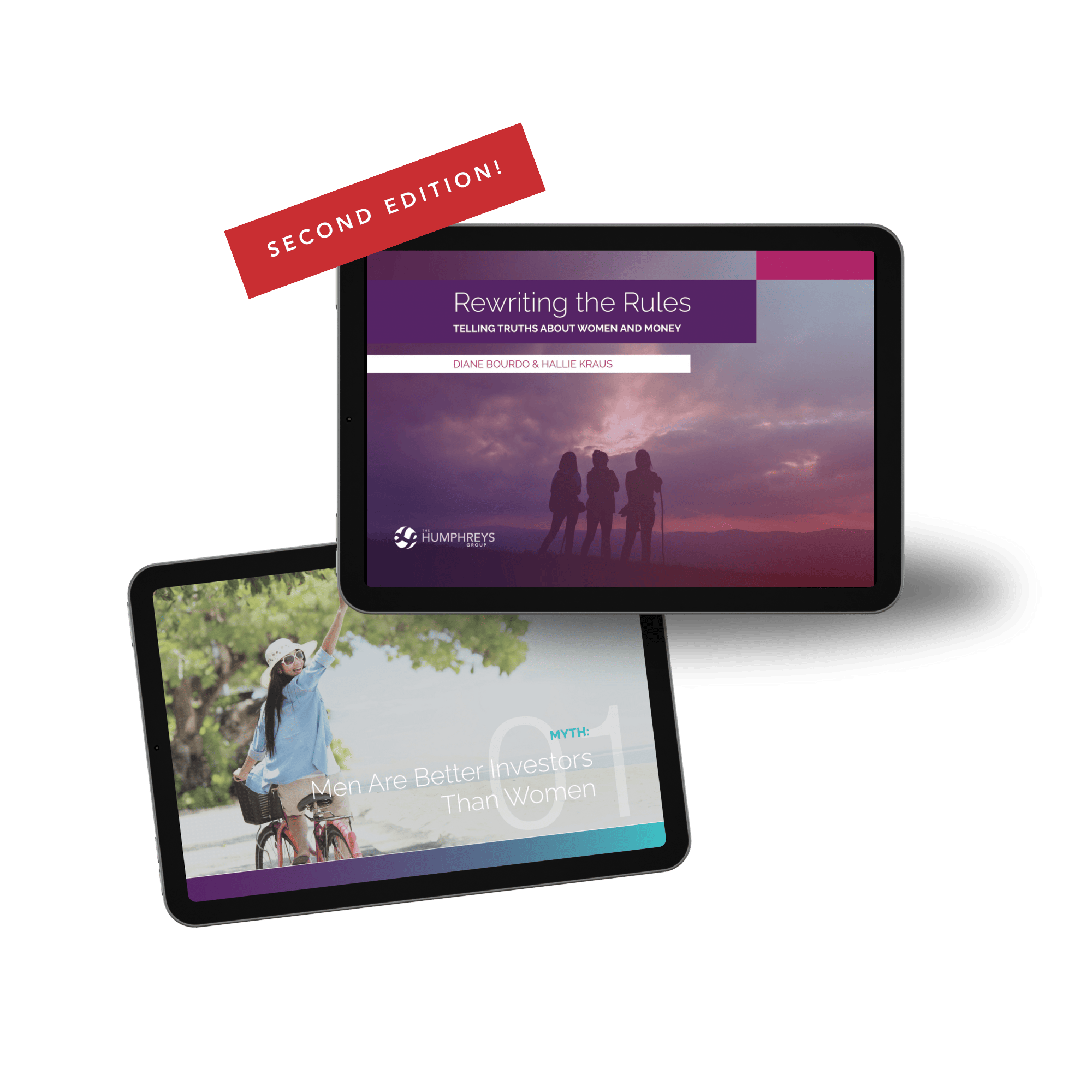For 20 years, Annamaria Lusardi, an Italian-born economist and researcher, has been testing people all over the world on their financial knowledge. She has become especially well-known for constructing a financial literacy test composed of three basic questions on inflation, diversification, and compound interest. Unfortunately, only about 30 percent of Americans could answer all of them correctly. Even more alarming, however, is a sizeable gender gap: While 38 percent of men provided the correct answer to all three questions, only 22 percent of women did the same.
Research like this has fueled a newfound crusade within the financial services industry to educate women on their finances. While we submit that the gender gap in financial literacy exists, let us be clear: The idea that women need extra help understanding their finances is a myth.
A key reason why women performed worse than men on Lusardi’s financial literacy test? They disproportionately answered the test questions with “do not know.” To determine if this was truly the result of a lack of understanding, Lusardi and her research team decided to remove “do not know” as an answer option. When they did, women’s correct responses increased significantly. In fact, Lusardi estimates that half of the gap was the result of women underestimating their own knowledge!
An Unfair Advantage: The Correlation Between Financial Knowledge and Wealth
While this simple change sheds light on how often women underestimate themselves, it did not eliminate the gender gap entirely — which means that yes, men still do appear to have more financial knowledge than women. But it’s not because women are less capable of understanding financial concepts; it’s because they’re rarely given the opportunity to learn about them in the first place.
Across the world, those with the most financial knowledge are also the most wealthy — and it turns out men are significantly wealthier than women. As a result, a college-educated man is 45 percent more likely to understand diversification than a low-income woman with less than a high school education. And because financial literacy is a major predictor of behaviors that accumulate money (like investing in the stock market), this lack of knowledge only exacerbates economic disparities.
Where the Financial Services Industry Gets It Wrong
The financial services industry views this disparity as an opportunity to “swoop in and rescue” women from the unfortunate situation in which they find themselves. Advisors cite less financial education, a longer life span, and lower salaries as evidence that women need help understanding and managing their money, and proudly present themselves as the solution. Large firms, eager to build their clientele, now offer internal workshops on how to deliver “female-friendly” financial advice, complete with patronizing sales pitches. And a new flock of financial gurus have now made a living off of selling books that are unhelpful at best, and sexist at worst.
Women Are Taking Initiative and Fixing the Financial Literacy Gap Themselves
Fortunately, women already know they need to learn more about money and are taking it upon themselves to fix it. Financial wellness programs have seen an encouraging uptick in female participants in recent years. In 2014, Financial Finesse found that women completed two-thirds of their financial evaluations, up from one-half three years before.
Many instructors have also observed that women’s willingness to seek out financial education makes them easy to teach compared to men, who are usually less likely to admit what they don’t understand. And we’re already seeing the gap closing across generations: A recent study found that the financial literacy gap between genders for those under age 35 is much smaller than the general population. Women are taking initiative, proving they do not need to be coddled and cajoled into understanding their finances.
Learn More about Money Myths with The Humphrey Group’s eBook
Of course, because this problem is largely rooted in systemic issues, many argue that education alone won’t make the financial literacy gap disappear.
This is certainly true — rather, large-scale economic change would make a huge difference in helping women become more educated about money.
But for now, we can move the needle by focusing on what we can control and take financial literacy into our hands. If you’d like to learn more about common money myths and how we can dispel them, download our free eBook Rewriting the Rules: Telling Truths About Women and Money.
























